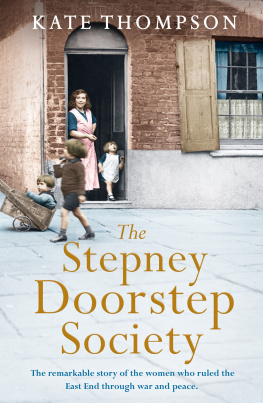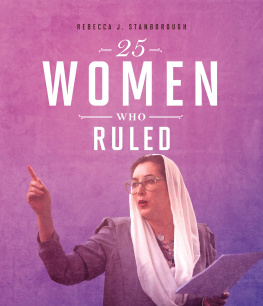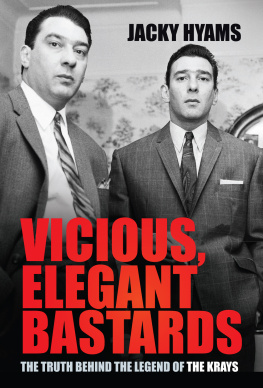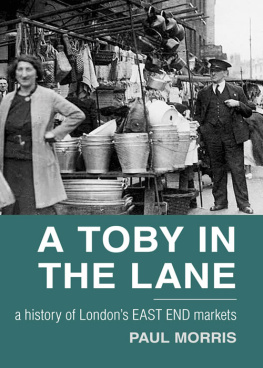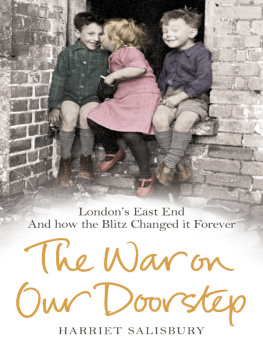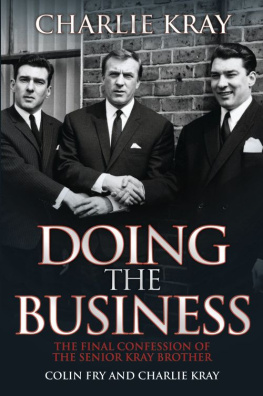Kate Thompson - The Stepney Doorstep Society: The remarkable true story of the women who ruled the East End through war and peace
Here you can read online Kate Thompson - The Stepney Doorstep Society: The remarkable true story of the women who ruled the East End through war and peace full text of the book (entire story) in english for free. Download pdf and epub, get meaning, cover and reviews about this ebook. year: 2018, publisher: Penguin, genre: Non-fiction. Description of the work, (preface) as well as reviews are available. Best literature library LitArk.com created for fans of good reading and offers a wide selection of genres:
Romance novel
Science fiction
Adventure
Detective
Science
History
Home and family
Prose
Art
Politics
Computer
Non-fiction
Religion
Business
Children
Humor
Choose a favorite category and find really read worthwhile books. Enjoy immersion in the world of imagination, feel the emotions of the characters or learn something new for yourself, make an fascinating discovery.
- Book:The Stepney Doorstep Society: The remarkable true story of the women who ruled the East End through war and peace
- Author:
- Publisher:Penguin
- Genre:
- Year:2018
- Rating:3 / 5
- Favourites:Add to favourites
- Your mark:
The Stepney Doorstep Society: The remarkable true story of the women who ruled the East End through war and peace: summary, description and annotation
We offer to read an annotation, description, summary or preface (depends on what the author of the book "The Stepney Doorstep Society: The remarkable true story of the women who ruled the East End through war and peace" wrote himself). If you haven't found the necessary information about the book — write in the comments, we will try to find it.
Meet Minksy, Gladys, Beatty, Joan, Girl Walker . . .
While the men were at war, these women ruled the streets of the East End. Brought up with firm hand in the steaming slums and teeming tenements, they struggled against poverty to survive, and fought for their community in our countrys darkest hours.
But there was also joy to be found. From Stepney to Bethnal Green, Whitechapel to Shoreditch, the streets were alive with peddlers and market stalls hawking their wares, children skipping across dusty hopscotch pitches, the hiss of a gas lamp or the smell of oxtail stew. You need only walk a few steps for a smile from a neighbour or a strong cup of tea.
From taking over the London Underground, standing up to the Kray twins and crawling out of bombsites, The Stepney Doorstep Society tells the vivid and moving stories of the matriarchs who remain the backbone of the East End to this day.
An importance glimpse into a vanishing world Sunday Express
Inspiring tales of courage in the face of hardship Mail on Sunday
Crammed full of fascinating stories BBC 2 Steve Wright
Reviews:
The remarkable story of the women who ruled the East End through the Blitz. A lively authentic social history, the book centres around five formidable working-class women . . . a hair-raising, but always warmhearted tale (My Weekly)
Kate Thompsons interviews with east Londons wartime matriarchs offer an important glimpse into a vanishing world (Sunday Express)
Kate Thompson writes books that make you laugh and make you cry, sometimes at the same time. You cannot put them down. I advise you to read them all! (Anita Dobson)
Astonishing (Radio 5 Live)
Untold stories from wartime Blitz (Womans Weekly)
Britains forgotten army (Daily Express)
Celebrates the lives of tough wartime matriarchs (ITV News)
Formidable women (Take a Break)
From the Inside Flap
Minksy, Gladys, Beatty, Joan, Girl Walker. While the men were at war, these women ruled the streets of the East End. Brought up with firm hand in the steaming slums and teeming tenements, they struggled against poverty to survive, and fought for their community in our countrys darkest hours.
But there was also joy to be found. From Stepney to Bethnal Green, Whitechapel to Shoreditch, the streets were alive with peddlers and market stalls hawking their wares, children skipping across dusty hopscotch pitches, the hiss of a gas lamp or the smell of oxtail stew. You need only walk a few steps for a smile from a neighbour or a strong cup of tea.
From taking over the London Underground, standing up to the Kray twins and crawling out of bombsites, The Stepney Doorstep Society tells the vivid and moving stories of the matriarchs who remain the backbone of the East End to this day.
320 pages
Publisher: Penguin (23 Aug. 2018)
Kate Thompson: author's other books
Who wrote The Stepney Doorstep Society: The remarkable true story of the women who ruled the East End through war and peace? Find out the surname, the name of the author of the book and a list of all author's works by series.

